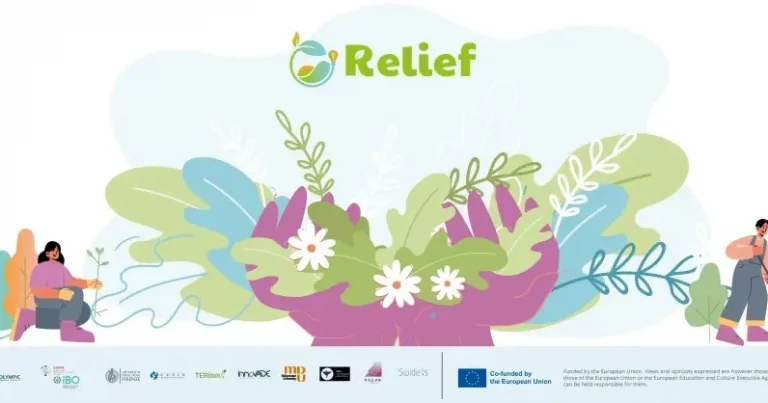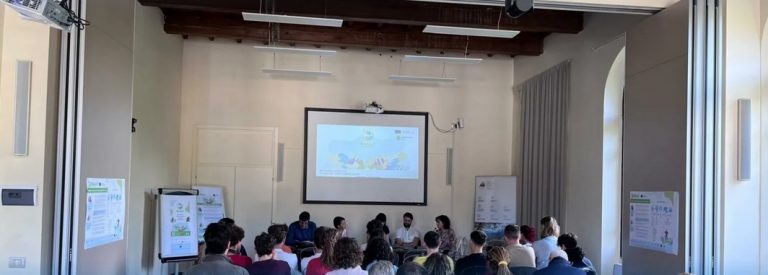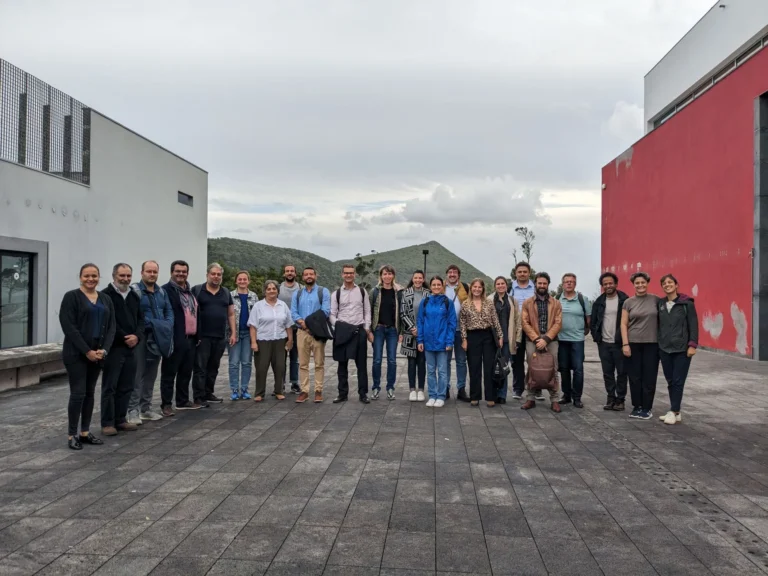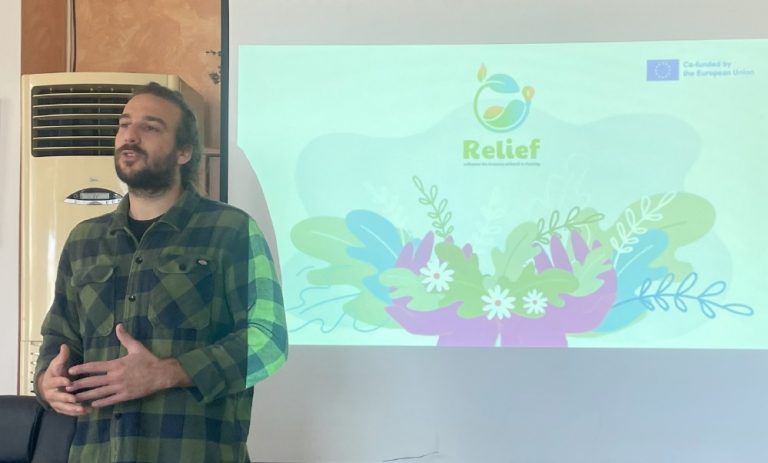World agriculture is facing complex challenges such as the rapid increase in the world population and the necessary maintenance of food security, the growing competition given by globalized markets and increasingly important climate change.
In this context, it is essential to adopt new and more sustainable ways of producing in agriculture and to ensure that agricultural operators manage their natural capital more efficiently.
The bioeconomy can be part of the solution to this problem by becoming a new model for the agricultural sector. Since 2012 the European Commission adopted its Strategy for a sustainable bioeconomy to ensure smart green growth in Europe.
According to The Updated Bioeconomy Strategy of the European Commission (2018) bioeconomy means using renewable biological resources from land and sea, like crops, forests, fish, animals and micro-organisms to produce food, materials and energy.
Today’s European bioeconomy includes the agricultural, forestry, fisheries, food, bioenergy and organic products sectors. As reported in The European way to use our natural resources: action plan 2018 it has an annual turnover of € 2.3 trillion and employs around 18 million people. It is estimated that bio-based industries could create up to one million green jobs by 2030, mainly in rural and coastal areas.





